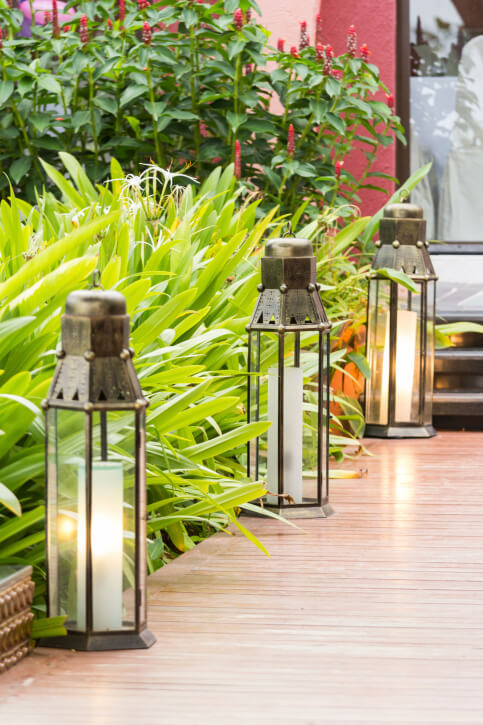
3 Key Factors Shape Landscape Lighting Plans
Every designer and installer has their own approach to the landscape lighting process. Nonetheless, most ask similar questions to determine your goals and use established strategies to create a lighting plan to meet them. Let’s take a look at three key factors that shape the planning process:
1. Baseline. Your landscape lighting contractor wants to understand how you use your yard now and intend to use it in the future. Do you:
Want brightly lighted areas for kids’ games or nighttime recreation?
Need well-lighted paths and patios for outdoor entertaining?
Prefer general lighting that casts a cheerful, welcoming glow?
Desire to highlight unique landscape features and elements?
Wish to make a statement and become the neighborhood showplace?
Hope to enhance safety and security for family, friends and guests?
2. Fundamentals. Once your contractor understands your basic objectives, attention shifts to fundamentals such as:
Access points. Lighting key access points such as driveways, walkways and entrances reduces confusion, improves access and adds visual appeal.
Architectural details. Highlighting interesting structural details or materials on the house reinforces its importance and unique, most appealing qualities.
Focal points. Existing elements such as plantings, trees, statues or fountains can serve as visual anchors both night and day.
Functional drivers. Selecting the right lighting and situating it to meet your primary functional needs are two initial tasks.
Depth and dimension. Varying the type, intensity, size and location of lighting components adds greater depth and dimension.
Points of view. Placing lighting components with care enhances your landscape’s visual appeal when it’s viewed from the inside as well as the outside.
3. Desired Effects. To better understand your goals and preferences, your contractor will explore varied lighting components and effects such as:
Multiple sources of diffused light to produce a gently lit landscape.
Lights in trees or under eaves to produce an inviting moonlit atmosphere.
Bright spotlights and bold shadows to create vivid effects.
Bright task and area lighting for specific activities such as cooking, serving and recreation.
High-impact components and techniques blended for custom lighting treatments.
In combination, these factors define your goals, establish a baseline and pinpoint a general strategy. Many contractors concentrate first on common elements found in most landscapes such as driveways, entrance ways, paths and walkways, patios, trees and water features. Once these concepts are in place, they systematically address unique features, focal points and open areas to develop a comprehensive lighting plan that suits your landscape and lifestyle.